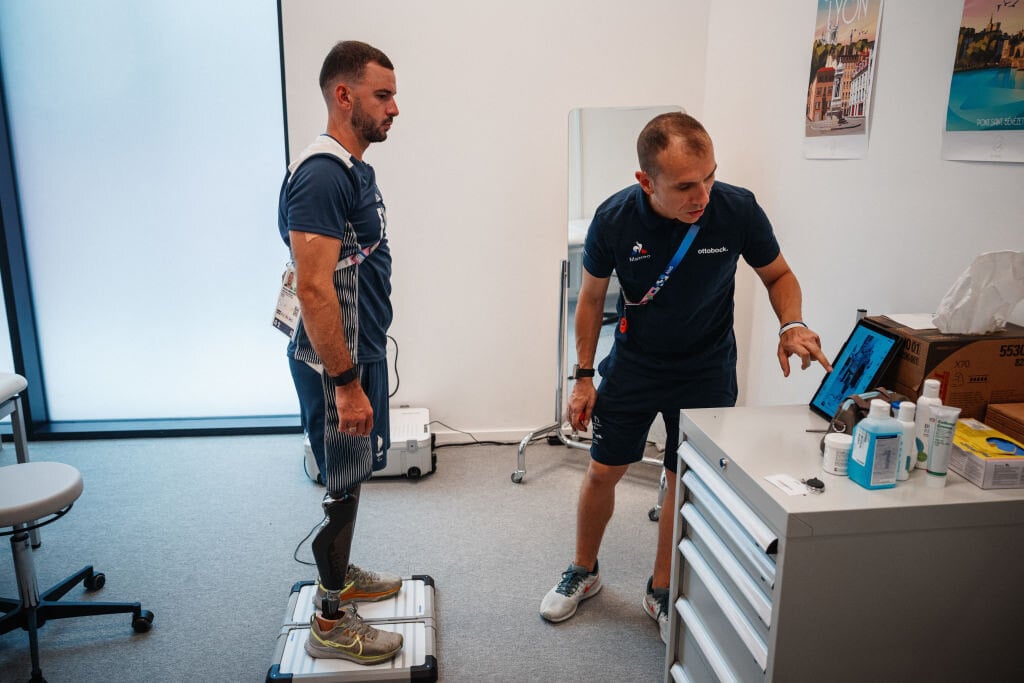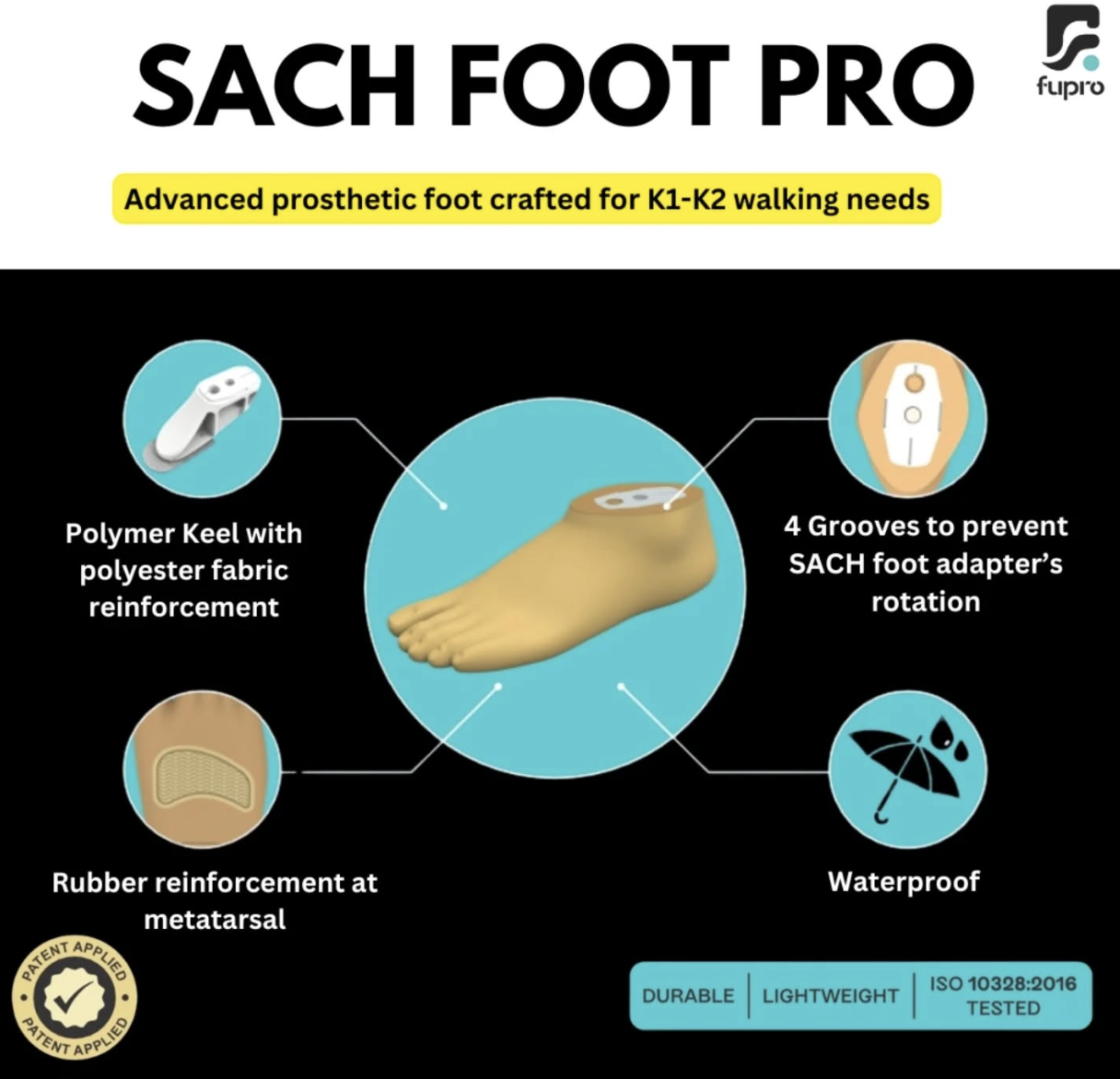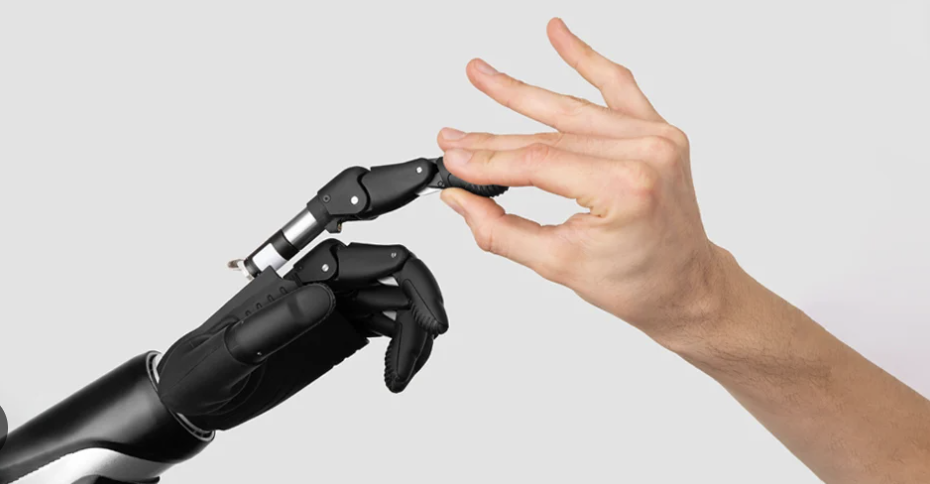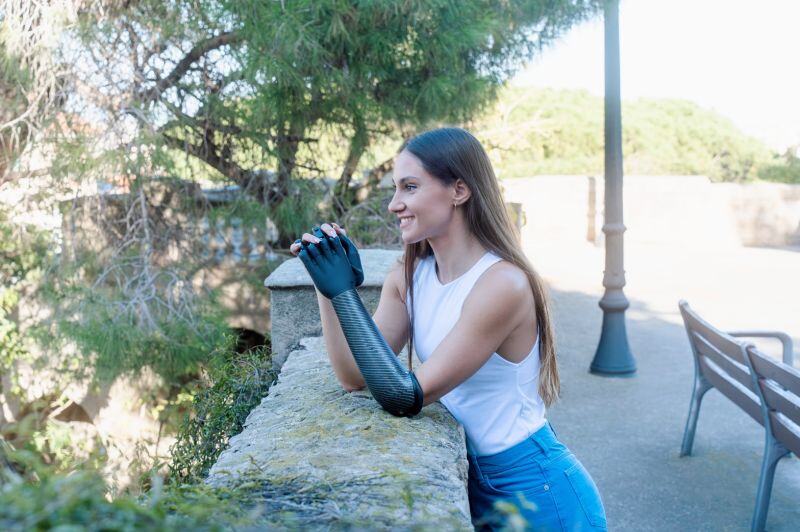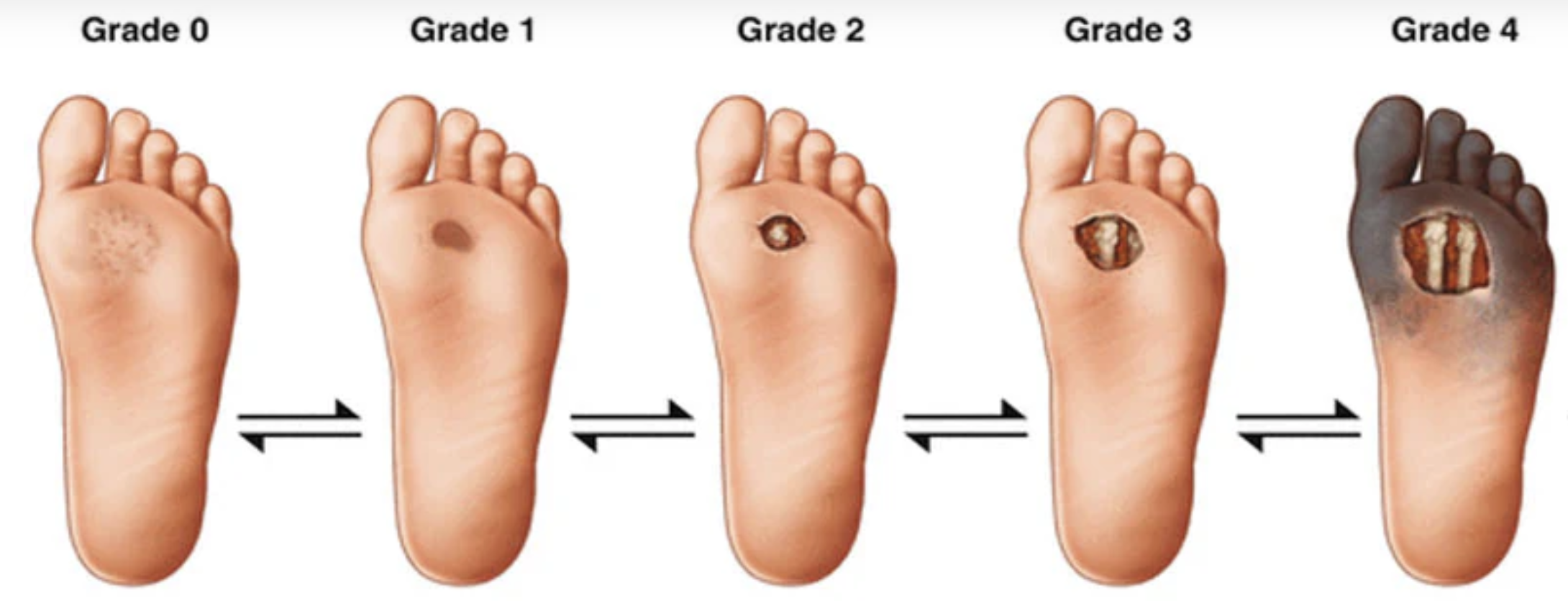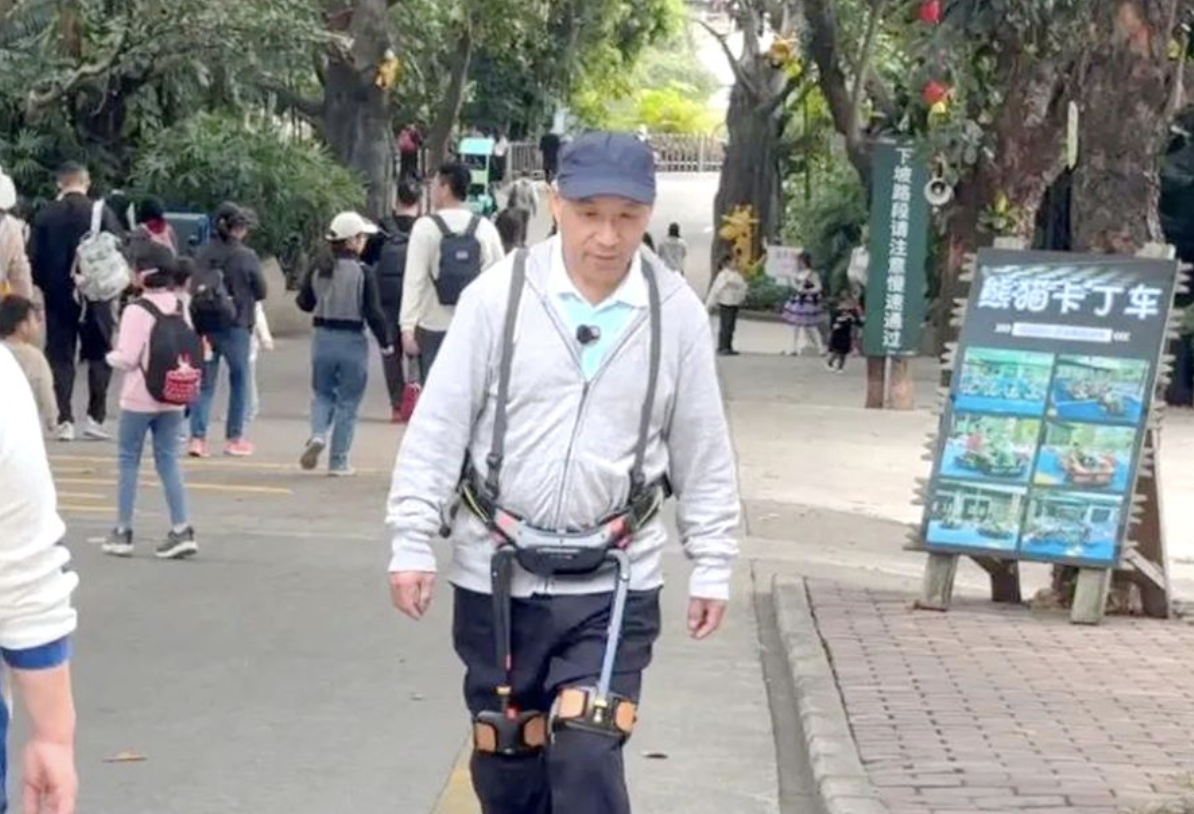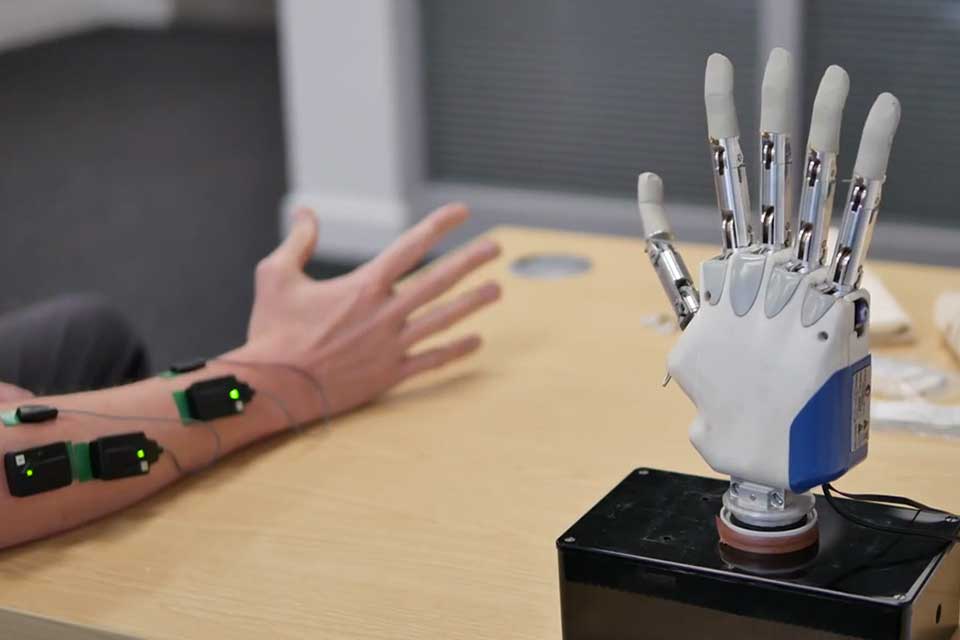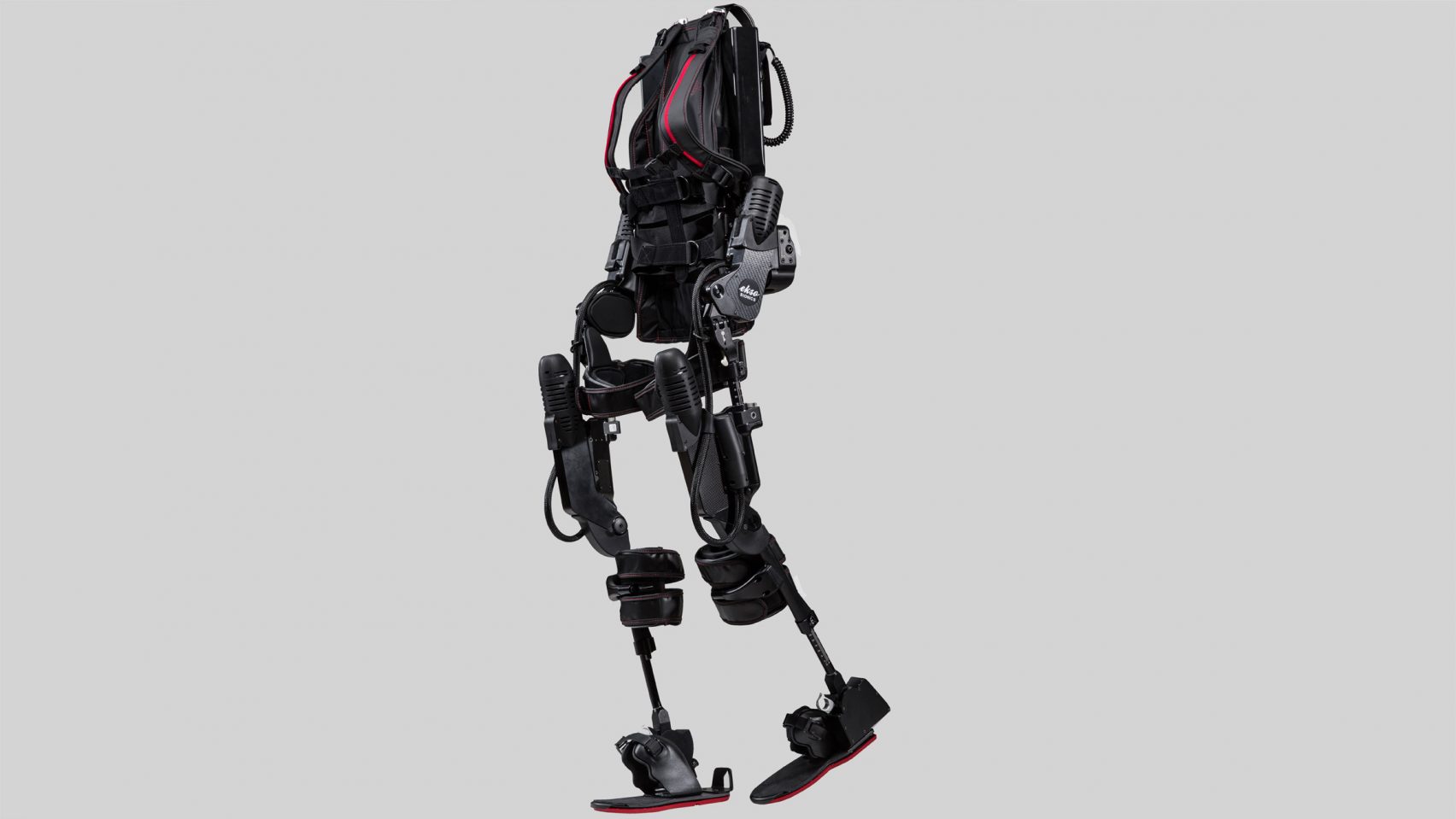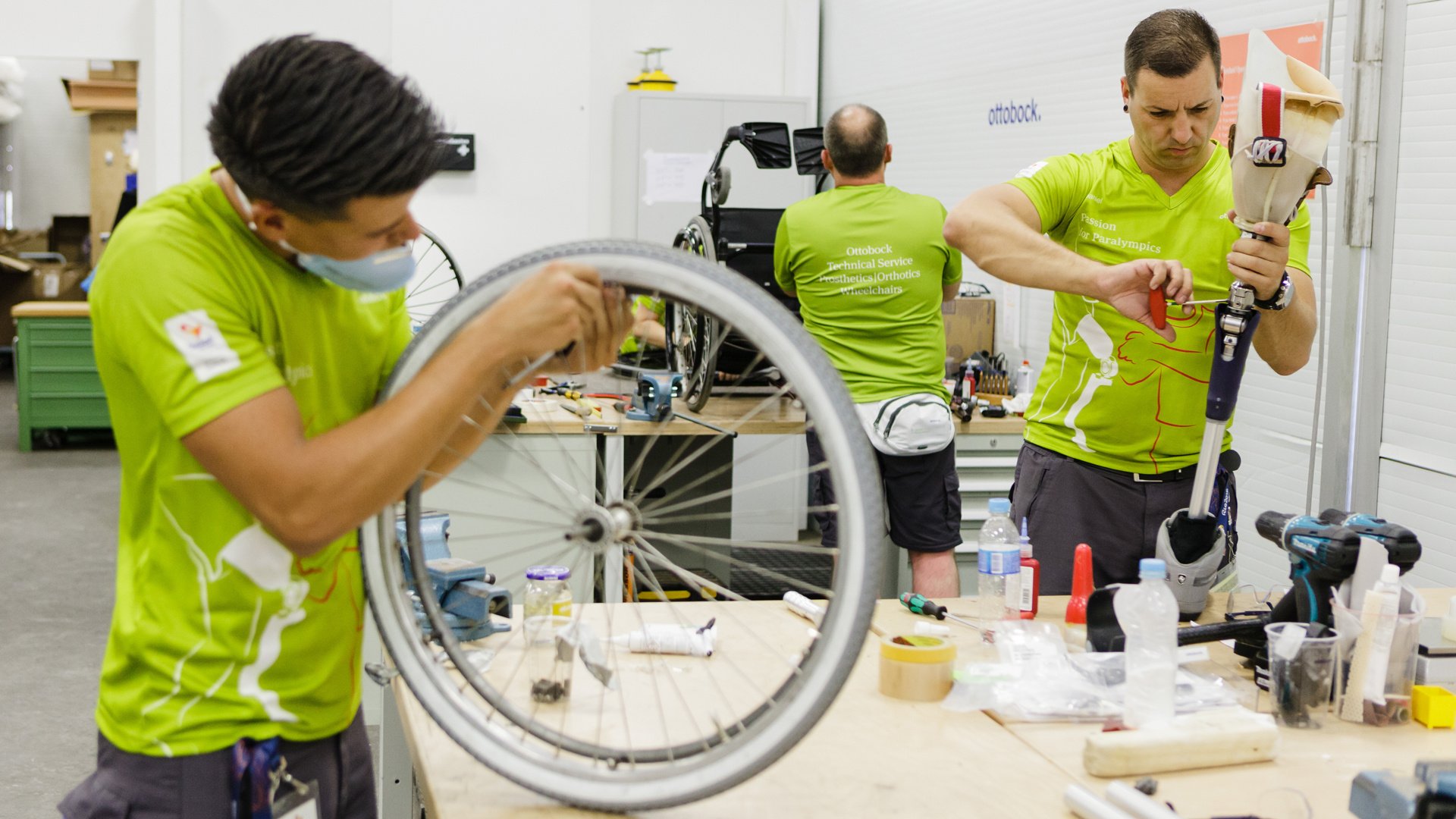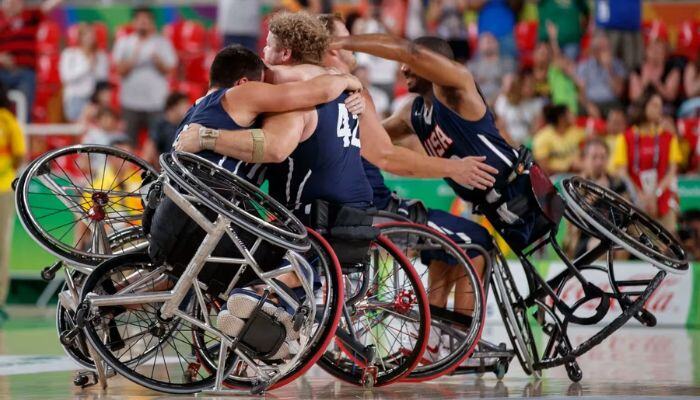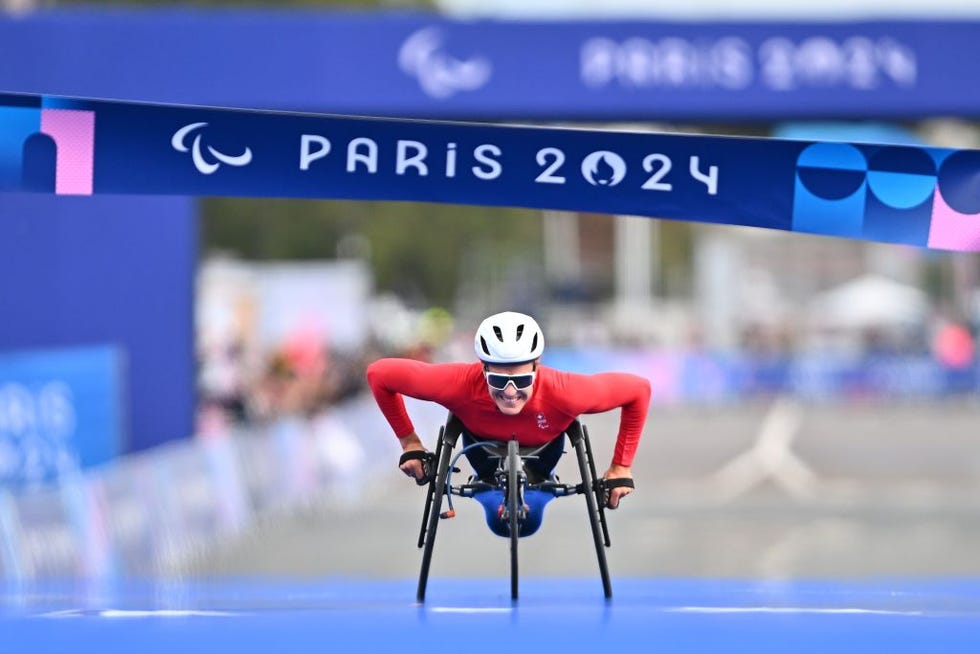Whether it's adjusting a prosthetic leg or replacing the damaged wheels of a wheelchair, technicians have been busy at the repair centre in the Paralympic Village maintaining the para-athletes’ gear.
Kady Dandeneau, a Canadian wheelchair basketball player, waits patiently at the repair centre entrance, located in the heart of the Paralympic Village, north of Paris. She has come to adjust the cushion of her new sports chair.
"It's really practical to be able to do it here," she told Agence France-Presse, before describing to an employee the cut she wants to make. This technician makes notes with a marker directly on the piece.
The services of the workshop are provided free of charge by the century-old German company Ottobock, which has been associated with the Paralympic Games since 1988.
"We repair equipment of all brands, from walking prostheses for everyday use to wheelchairs for racing," explains Peter Franzel, head of the repair centre, who expects to carry out more than 2,000 repairs during this edition of the Paralympic Games.
Since the Village’s opening, requests have been ongoing as "many athletes come to check their equipment and also because it is sometimes damaged during transport by plane.” Three hundred repairs have already been carried out in the first three days.
Wheels, brakes, cushions
The five work benches spread out in the room are occupied on a Saturday afternoon. Two chairs without their wheels occupy the one at the back. Ronny Heinze adjusts the brakes on the first chair and then replaces a damaged tyre:
"These are classic problems, very common," says the German technician, who has worked in the repair shop for nine Paralympic Games.
With a screwdriver in hand, a colleague dismantles the frame of the other chair, owned by a table tennis player, which is cracked under the seat - a problem that’s not quite as common as wheel repair.
In total, 160 Ottobock employees from around 40 countries are on hand to handle repairs in the Village and at the competition venues.
"Working with colleagues from different countries is very interesting," says Hiroki Nakajima, a Japanese technician who is examining a wheelchair cushion made up of several black rubber cells, one of which is punctured.
After having inflated it with an air pump, he placed it in a basin of water to identify the source of the air leak to plug it. Problems with the seat, brakes or wheels: most of the work involves wheelchairs, which are made up of multiple parts, many of which require regular maintenance.
In order to be able to respond to all requests, the workshop has 1,500 spare parts stored in a space in front of the workshop.
A small aisle is dedicated to leg prosthesis components. Various mechanical feet and knees are arranged on blue metal shelves. Another aisle contains boxes containing wheels and inner tubes of all sizes, for the varying models of wheelchairs.
Peace of mind
Quentin Queva is repairing a prosthetic leg, broken under the foot by wear. Sitting in front of a computer at the entrance to the workshop, he scans the part so he can mould a new identical one.
Using this technology allows "saving time and being more precise," says this French prosthetic specialist, who is participating for the first time in the repair workshop for the Paralympic Games.
Working for athletes "brings a bit of extra pressure, but it's a privilege," he says with a smile.
Several para-athletes also came to have the prosthetic legs they use daily adjusted.
"It's important to have the best possible fit to spend less energy walking and have more during the test," explains French para-rowing athlete Alexis Sanchez as he leaves one of the two fitting rooms in front of the workshop.
For him, the existence of the workshop is "very reassuring." "We know that if we have the slightest problem, we can repair the equipment, which allows us to concentrate 100% on the competition."
